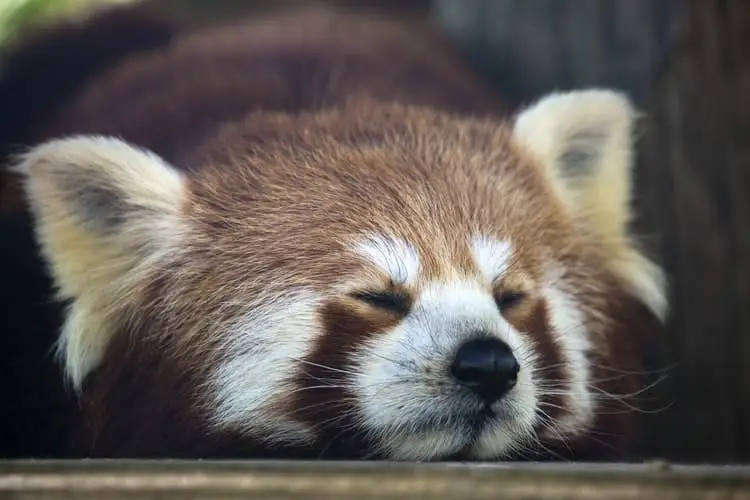Welcome to the Top 10 Cutest Animals in 2023.
Have you ever dreamt of seeing the Cutest Animals around the world? We have compiled a list of some animals we think are adorable!
Humans just can’t resist the charm of baby animals, no matter the species. It’s like we’re hardwired to go “aww” whenever we see a tiny version of anything. Experts say it’s because our natural urge to take care of our own babies kind of overflows and makes us all mushy for anything even remotely baby-ish.
If you love animals as much as we do, read to learn more about some of the top-voted cutest animals around the globe.
Key points
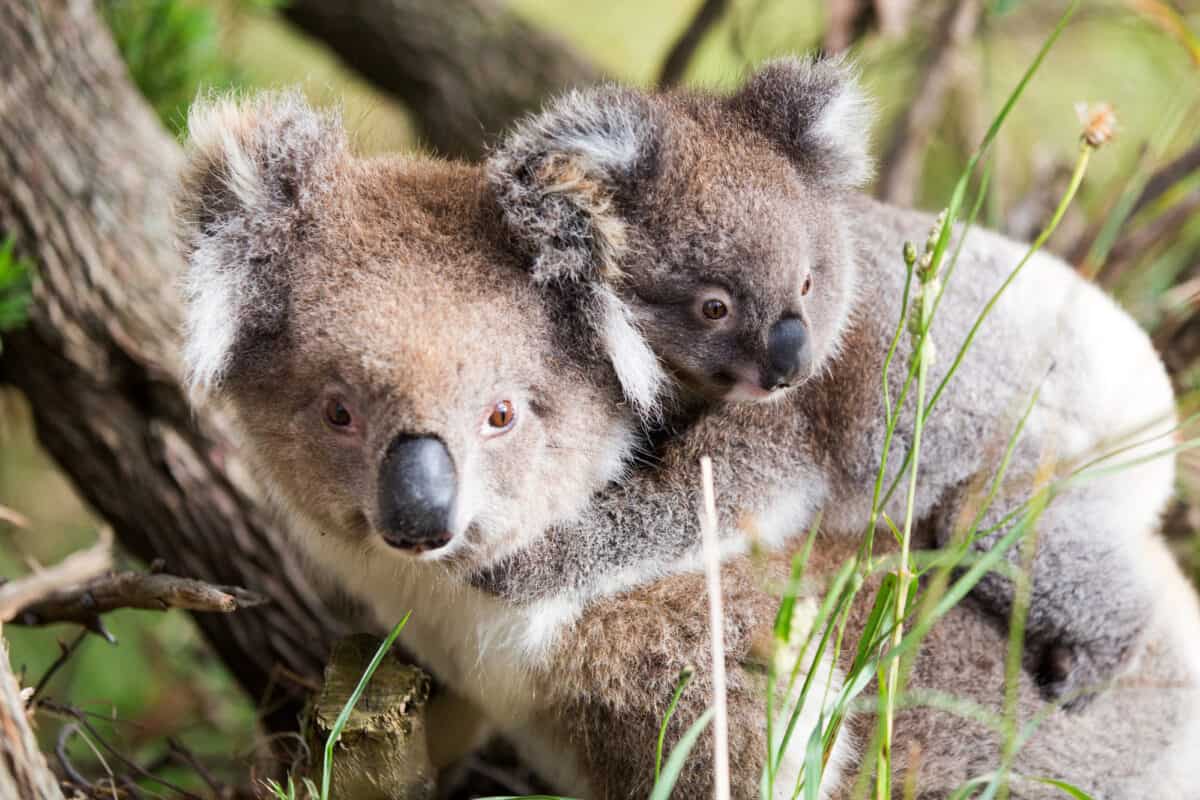
| Rank | Animal | Description | Habitat and Location |
|---|---|---|---|
| 1 | Margay | Small wild cat from Central and South America. Solitary and nocturnal. Forest-dweller. | Rainforests, deciduous and evergreen forests. |
| 2 | Red Panda | Carnivore native to eastern Himalayas and China. Resembles pandas, but smaller. | Protected areas in Myanmar, Bhutan, India, Nepal, China. |
| 3 | Elephant Shrew | Small mammals native to Africa. Have long, mobile noses. Prefer sandy soil habitats. | Southern Namibia, Botswana, South Africa. |
| 4 | Meerkat | Small mongoose from southern Africa. Social animals with distinct roles in groups. | Makgadikgadi Pans (Botswana), Kgalagadi Park. |
| 5 | Quokka | Known as happiest animals. Nocturnal herbivores. Found on smaller islands off Western Australia. | Rottnest Island, Bald Island, forest and heath areas. |
| 6 | Flapjack Octopus | Umbrella octopus with cute appearance but is also a predator. Lives in the deep ocean. | Deep ocean depths, 200-1500 meters. |
| 7 | Fennec Fox | Small nocturnal fox with huge ears to dissipate heat. Native to Sahara Desert and Sinai Peninsula. | Sandy Sahara and North Africa. |
| 8 | Klipspringer | Small antelope found in eastern and southern Africa. Agile and sure-footed. Active during mornings. | Eastern and southern Africa, Karoo National Park. |
| 9 | Numbat | Tiny marsupial native to Australia. Eats termites. Endangered due to habitat destruction. | Southwest Western Australia, two natural populations. |
| 10 | Japanese Weasel | Small carnivorous mammal native to Japan. Orange-brown fur with white throat. | Forested areas near water, grasslands, villages. |
#1 Margay
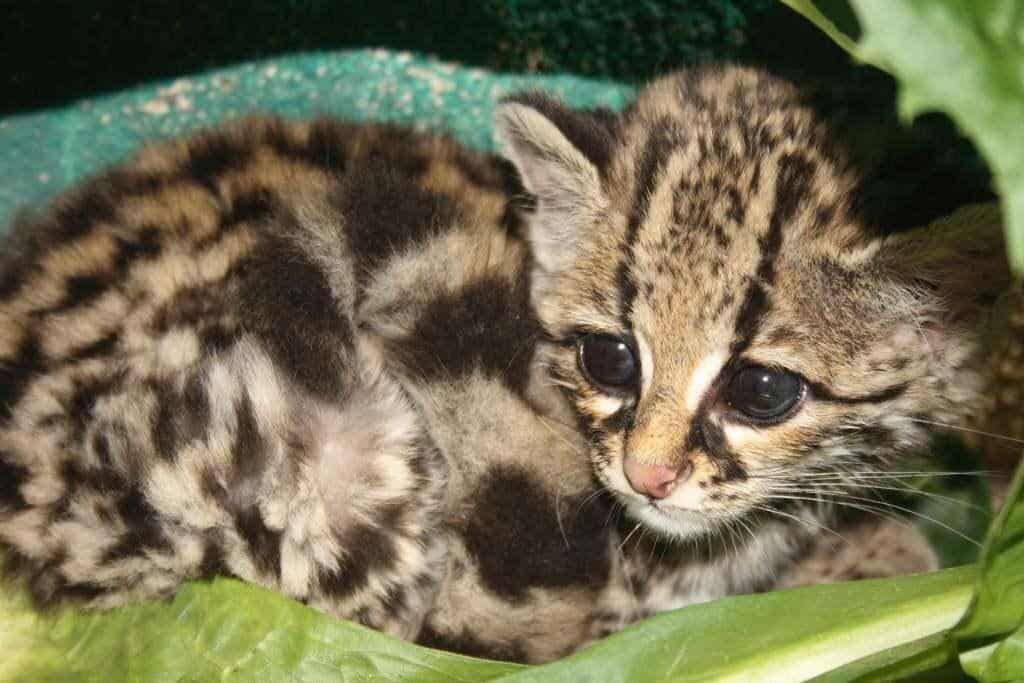
The margay is a small wild cat native to Central and South America, and in our opinion this adorable feline doesn’t get nearly enough attention!
The margay is a solitary and nocturnal cat lives mainly in primary evergreen and deciduous forests. Margay prefers life in rainforests, deciduous and evergreen forests, but it can also be spotted near the coffee and cocoa plantations.
Populations are declining as their forest ranges are reduced by human conversion to agriculture, pasture, and infrastructure development.
More on Margays
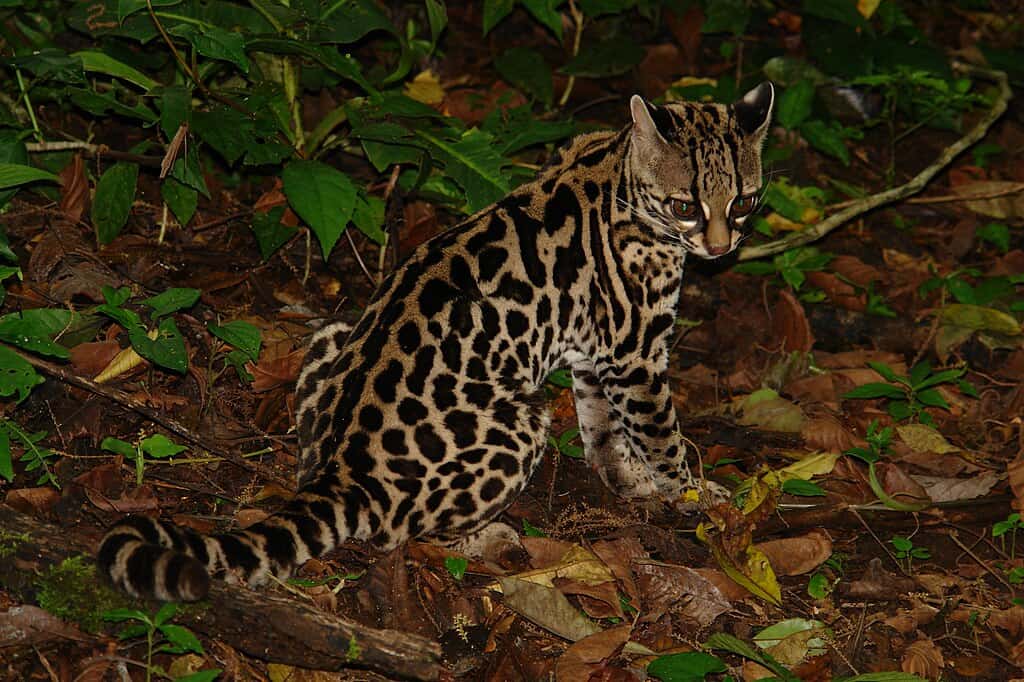
Margays like to live in thick forests, where there are plenty of trees for them to climb. They do not like to live in open spaces and have been found in Central America, Mexico, and Northern South America.
Where to see Margays
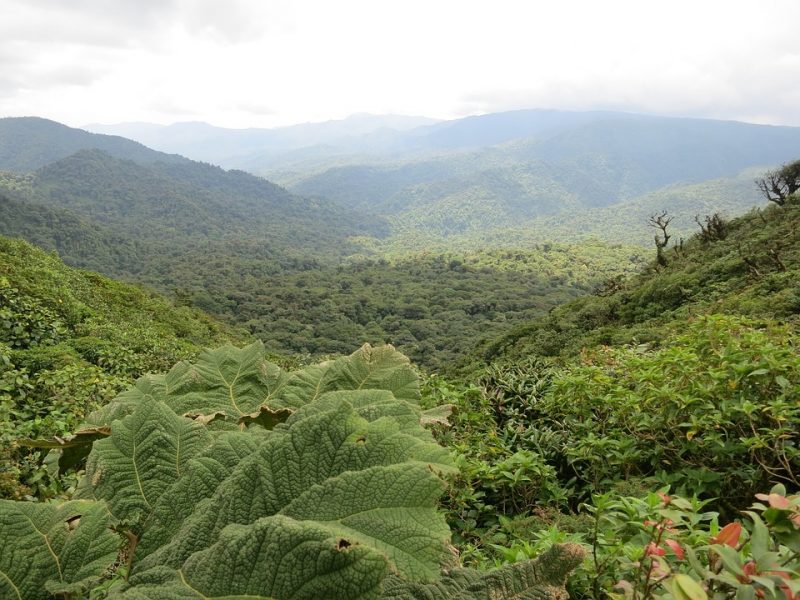
Monteverde Cloud Forest Biological Reserve, North Puntarenas
The Monteverde Cloud Forest Reserve is a Costa Rican reserve with over 10,500 hectares of cloud forest. It draws roughly 70,000 visitors a year.
You might also like to read our list of the Cutest Baby Animals!
#2 Red Panda

The red panda is a carnivore native to the eastern Himalayas and southwestern China. Red Pandas were first named ‘panda’, roughly fifty years before the black and white variety.
These pandas typically grow to the size of a house cat.
Where to see Red Pandas: The Top 10 Cutest Animals

Red pandas are in protected areas throughout their range, including parks in Myanmar, Bhutan, India, Nepal, and China.
#3 Elephant Shrew
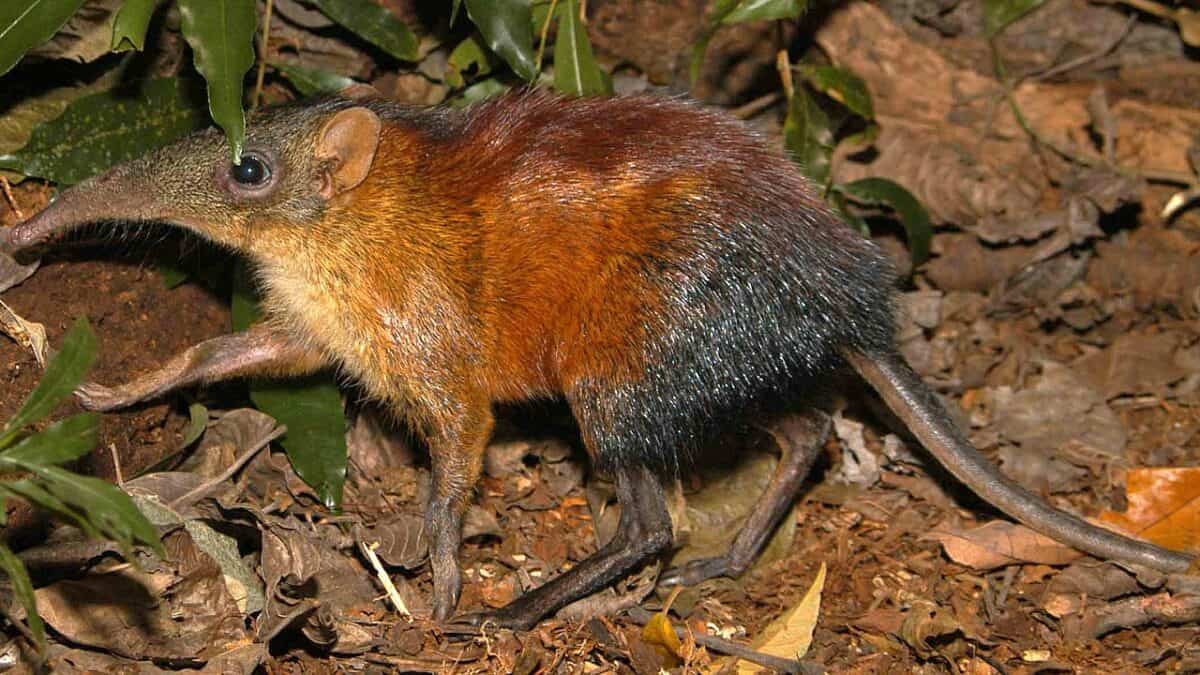
Elephant shrews, also called jumping shrews or sengis, are small mammals that feed on insects native to Africa. They take their name from their long, pointed head and very long, mobile, trunk-like noses.
Short-eared elephant shrews live in southern Namibia, Botswana, and South Africa. They prefer a habitat where they can burrow into sandy soil, including arid semi-desert, dry grass, and shrubland.
Where to see Elephant Shrew: The top 10 cutest animals
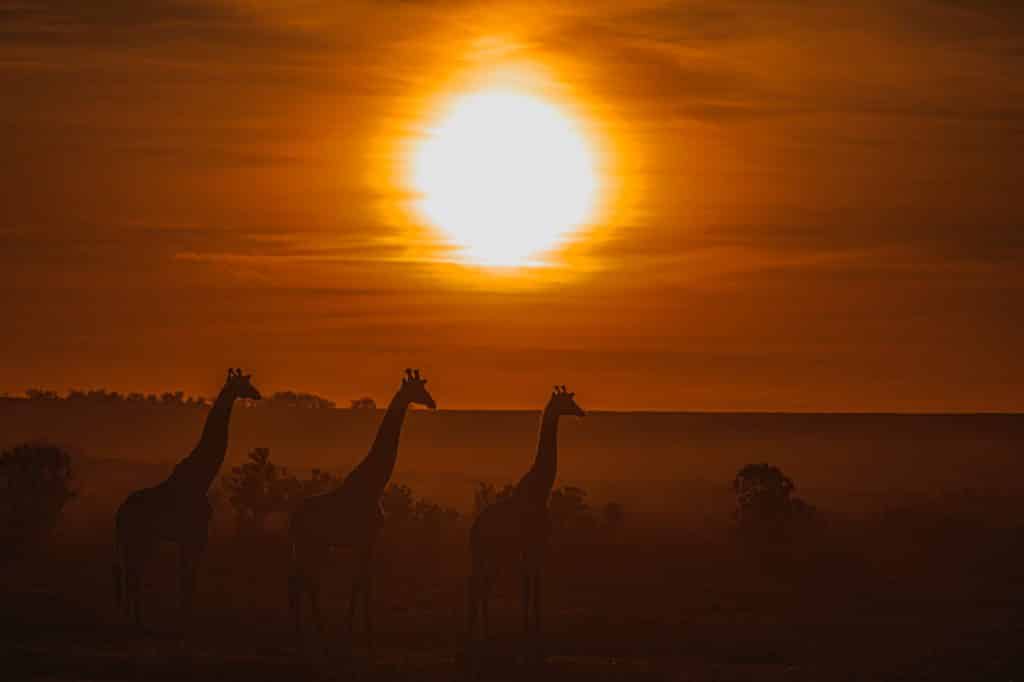
The checkered elephant shrew is found in Central Africa; the golden-rumped elephant shrew is endemic to Kenya; the grey-faced shrew is confined to two forests in Tanzania, and the black and rufous elephant shrew is found in East Africa.
#4 Meerkat
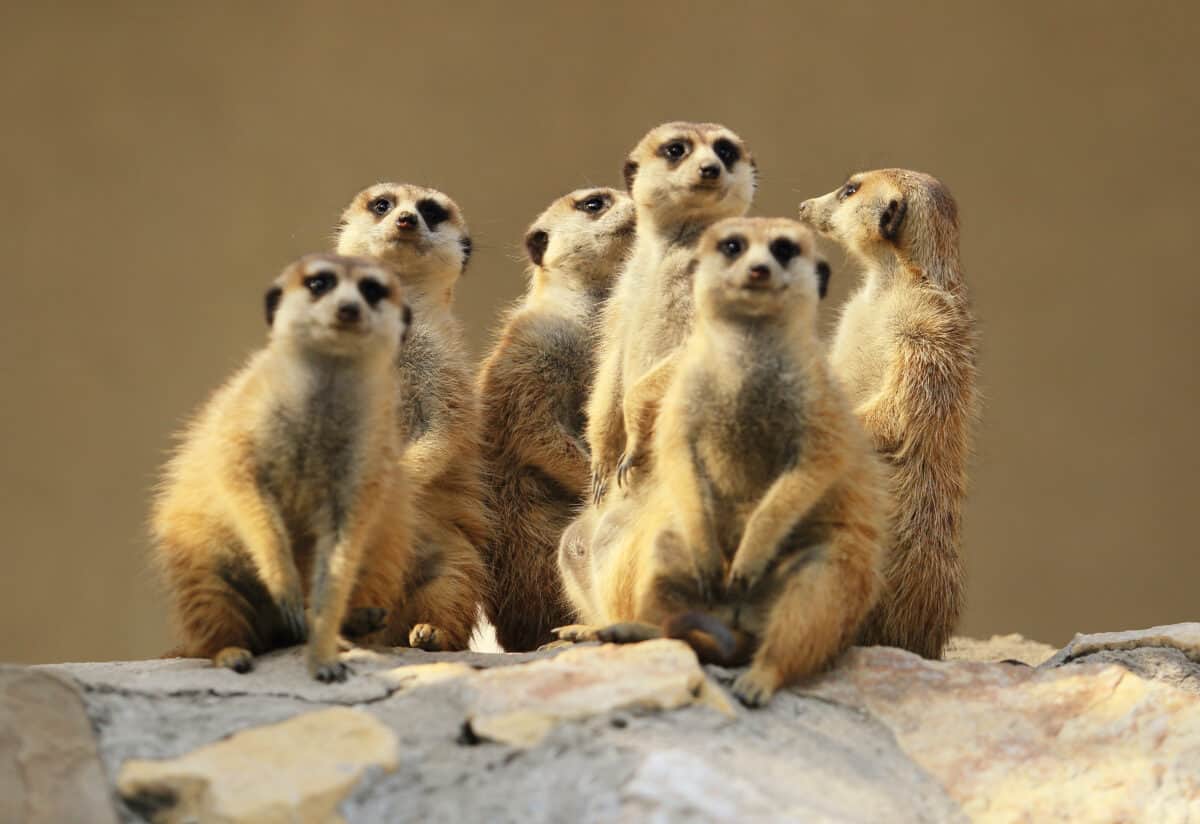
The meerkat or suricate is a small mongoose found in southern Africa. It is characterized by a broad head, large eyes, a pointed snout, long legs, a thin tapering tail, and a brindled coat pattern. Meerkats are incredibly social and often groom or play with each other.
They tend to live in groups; Meerkat groups have a highly developed social structure, with individuals playing essential roles in the community.
Where to see Meerkats
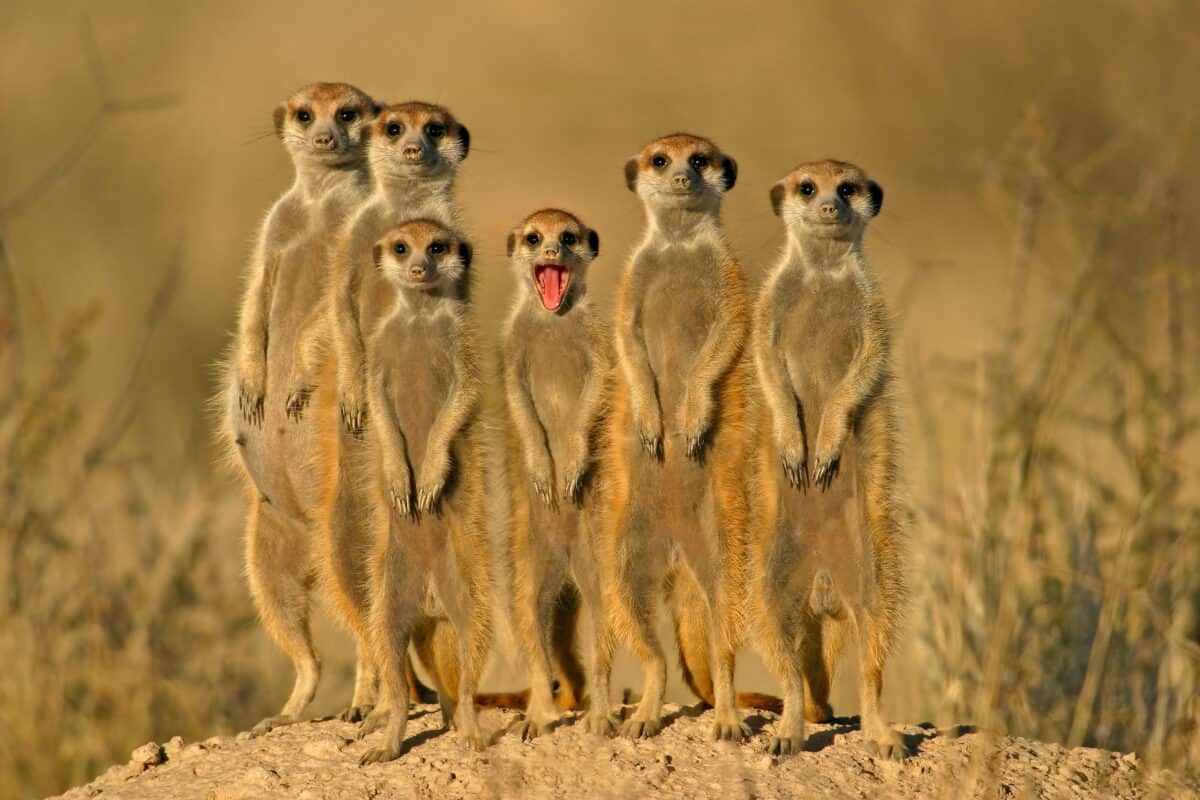
The most likely place to see meerkats is in Botswana, around the Makgadikgadi Pans in the Kalahari Desert. This vast complex of salt pans covers around 10,000 km2 and is home to numerous meerkat families – known as clans or mobs.
Another popular destination is the Kgalagadi Transfrontier Park, one of the best places to look for meerkats, straddling the border between South Africa and Botswana. This large, semi-arid region provides an ideal habitat for meerkats to thrive.
#5 Quokka
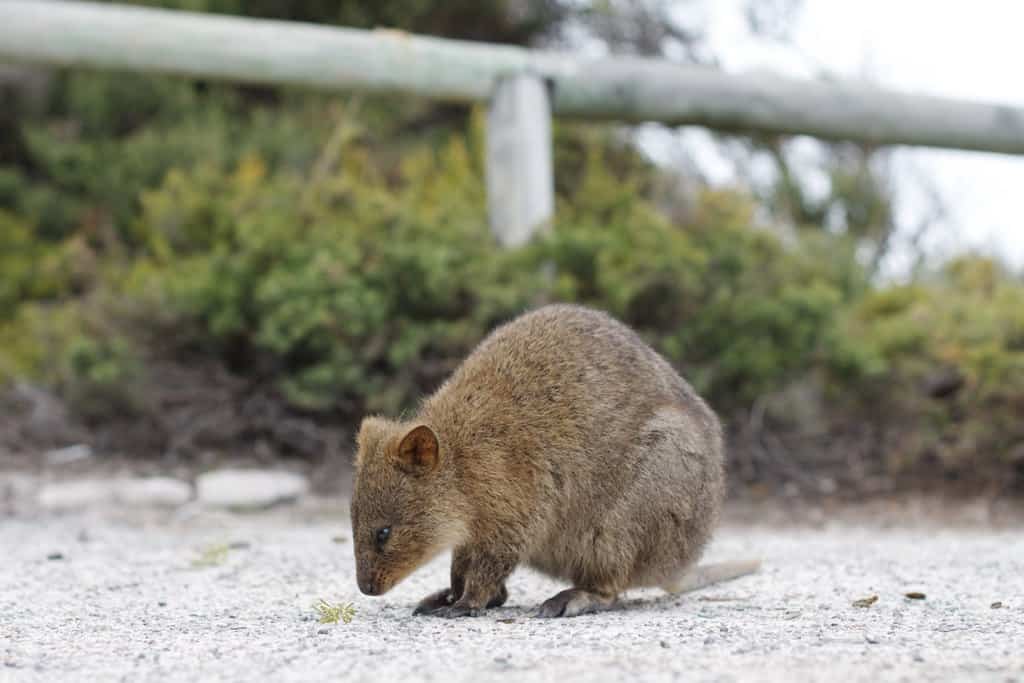
The quokka is also known as the short-tailed scrub wallaby. Known as the happiest animals in the world, Quokkas are herbivores who primarily feed at night, meaning they are mainly nocturnal.
They eat the leaves, stems, and bark of many plants in addition to grass. If necessary, they can survive for long periods without food or water by living off the fat stored in their tails.
Where to see Quokkas
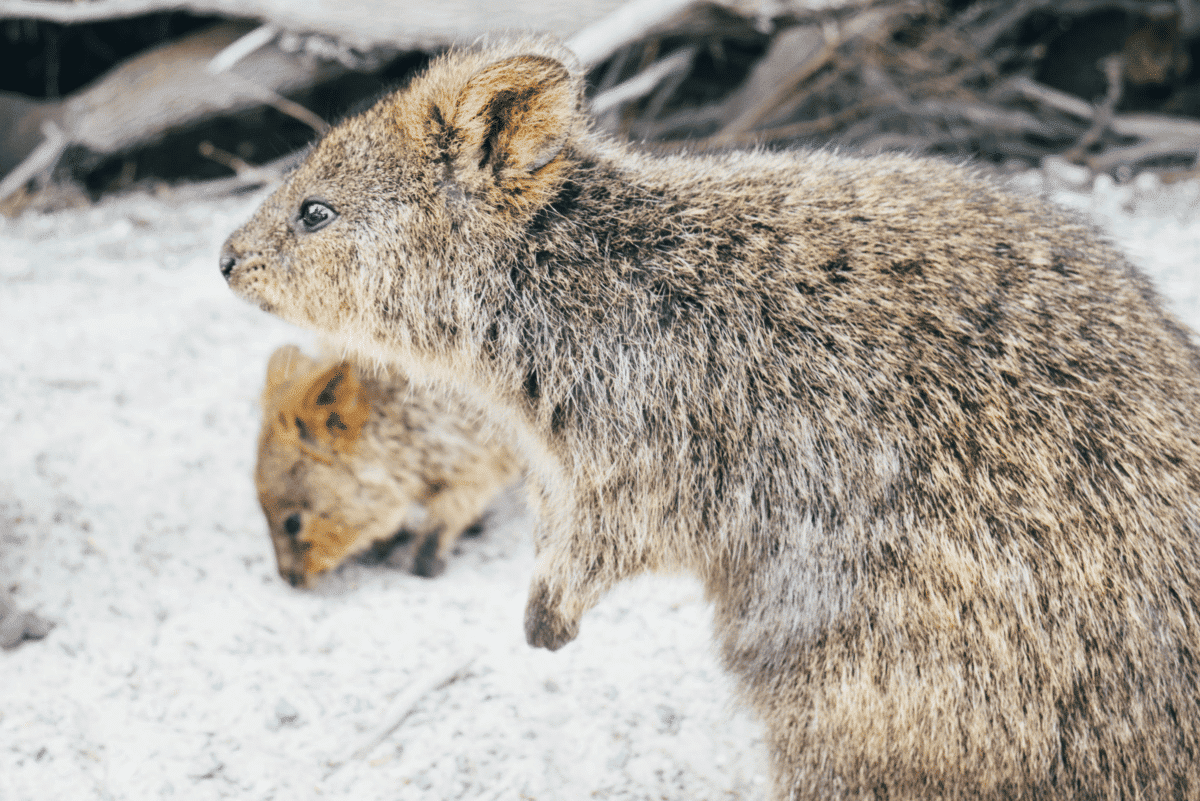
The only place to see Quokkas are on some smaller islands off the coast of Western Australia.
Particularly Rottnest Island, just off Perth, and Bald Island near Albany, and in isolated, scattered forest and coastal heath populations between Perth and Albany.
#6 Flapjack Octopus
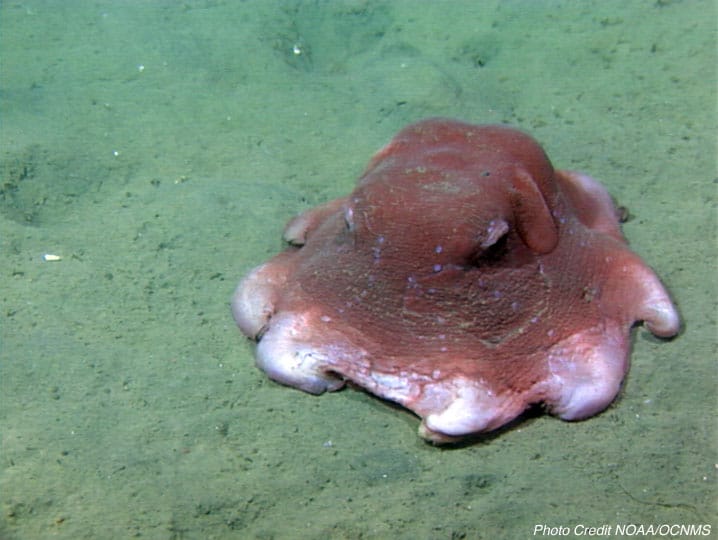
Opisthoteuthis California, also known as the flapjack octopus or adorabilis, is a species of umbrella octopus.
They might look cute and innocent, but these adorable octopuses can hunt and kill their prey.
Where to see Flapjack Octopuses
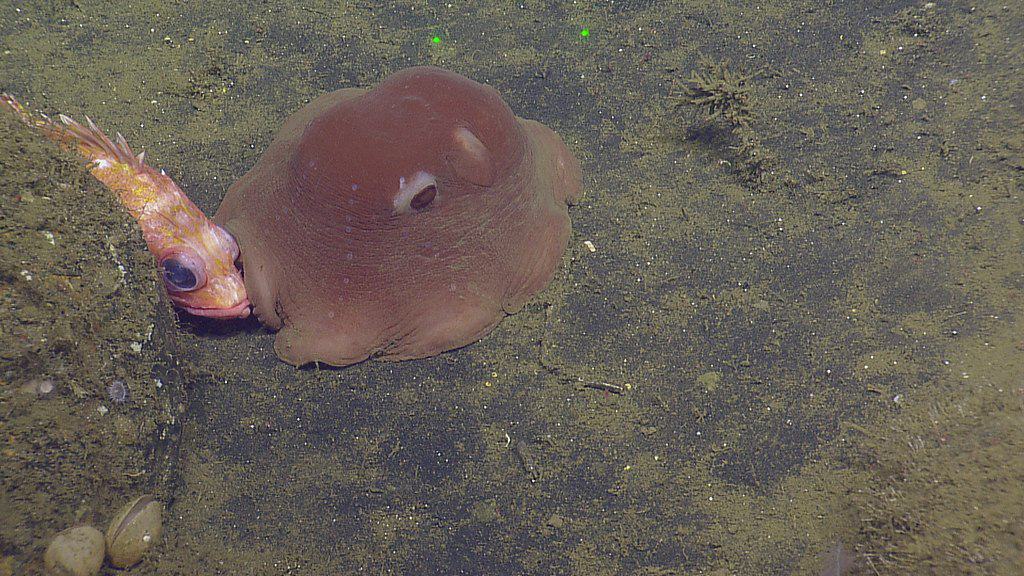
The Flapjack Octopus lives in the very deep ocean, where there is little light. The newly hatched can be found at around 200 meters depth, while the depth range of the adults is from 500 to 1500 meters.
#7 Fennec Fox
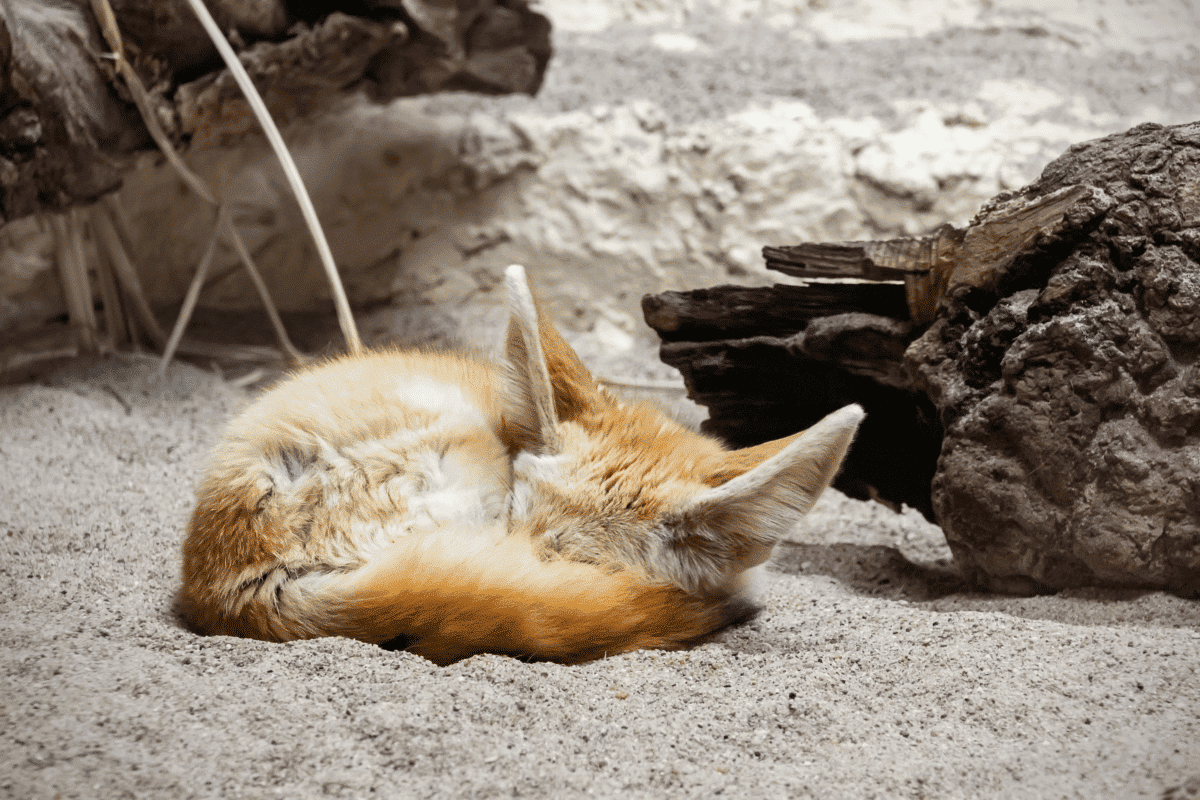
The fennec fox is a small nocturnal fox native to the Sahara Desert and the Sinai Peninsula. Its most distinctive feature is its enormous ears, which dissipate heat. The fennec is the smallest dog family species.
Where to see Fennec Foxes
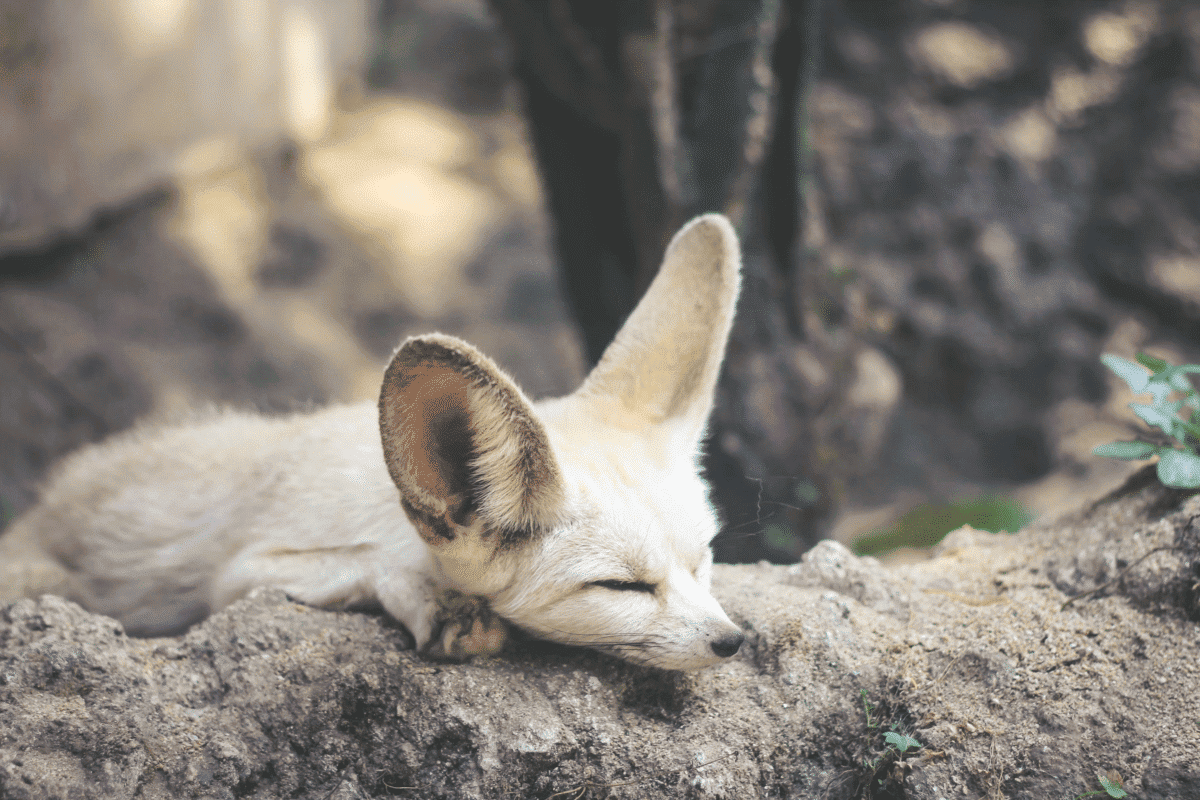
Fennec foxes dwell in the sandy Sahara and elsewhere in North Africa. Their nocturnal habits help them deal with the searing heat of the desert environment and some physical adaptations help.
#8 Klipspringer
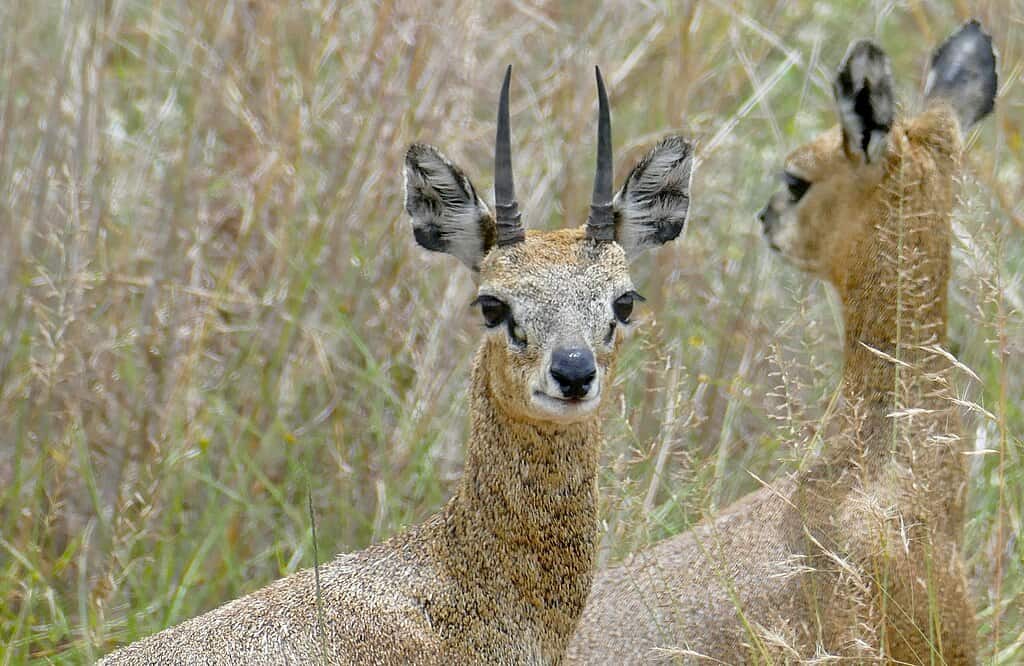
The klipspringer is a small antelope found in eastern and southern Africa. Klipspringers inhabit mountain ranges of east Africa from the Red Sea Hills to the Cape and north to Angola along coastal ranges and river gorges. Adult klipspringers are agile, quick, and sure-footed, which helps them dodge danger.
Just Browsing. Klipspringers are primarily active during the early morning and late afternoon hours, resting during the hottest day.
Where to see Klipspringers

Karoo National Park: The Karoo National Park, founded in 1979, is a wildlife reserve in the Great Karoo area of the Western Cape, South Africa, near Beaufort West. A great place to guarantee klipspringer sightings!
#9 Numbat
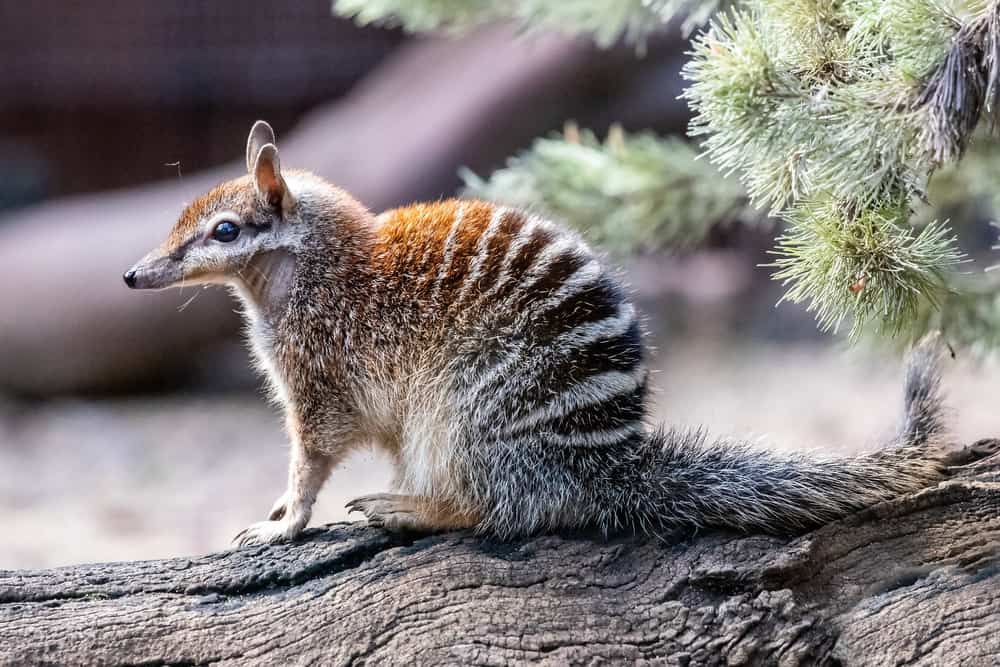
The Numbat, or known as the banded anteater (due to its appearance), is a tiny endangered marsupial animal native to Australia. Numbats are unique because they have long sticky tongues that allow them to pick up termites, which make up their exclusive diet.
Unfortunately, Numbats are endangered due to many factors, of which the most concerning is Habitat destruction. As a result, fewer than 1,000 Numbats are left in the wild.
Where to see Numbats
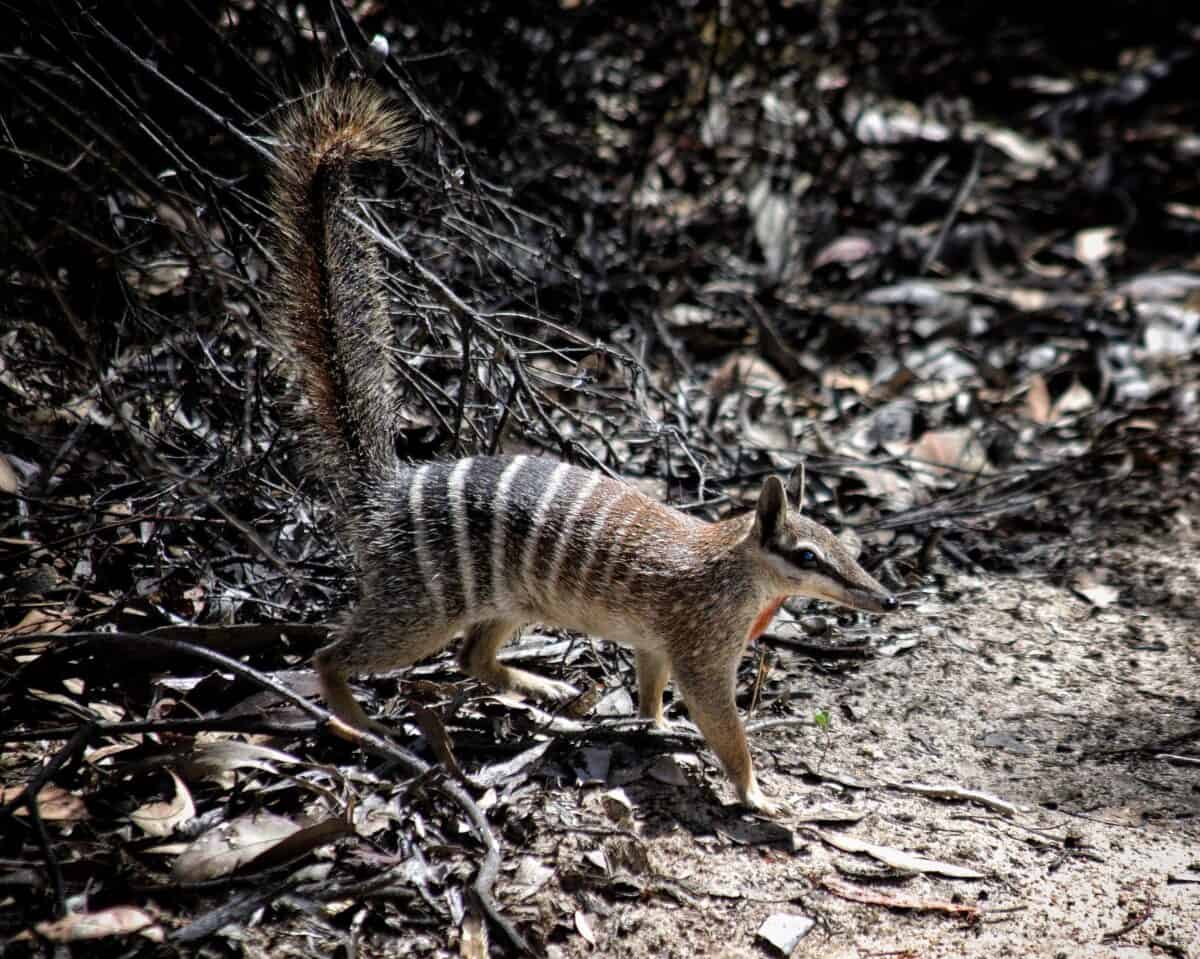
Numbats were found across much of arid and semi-arid southern Australia; however, only two naturally occurring populations remain in southwest Western Australia. The remaining two natural populations are Dryandra Woodland and Tone/Perup Nature Reserve.
#10 Japanese Weasel

Japanese weasels are small carnivorous mammals native to Japan. Their fur is orange-brown with darker markings on the head. The fur on the throat is usually white. Females in this species are smaller than males.
Where to see Japanese Weasels
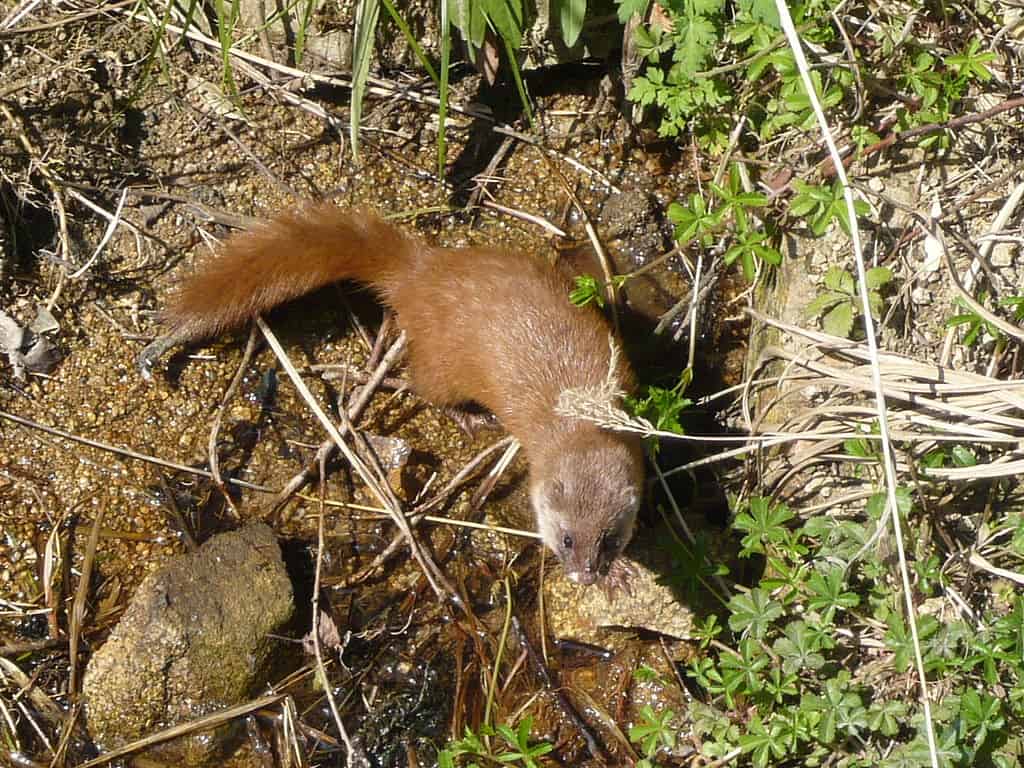
Japanese weasels are native to Japan and occur on Honshū, Kyūshū, and Shikoku islands. They typically live in mountainous or forested areas near water. They tend to be located in grasslands, villages, and suburbs but try to avoid big cities.
Summary of the Top 10 Cutest Animals in 2023

Which animals did you find the cutest? Let us know in the comments below if you’d love to travel to encounter any of the top 10 cutest animals mentioned above.
If you loved learning fun facts about the top 10 cutest animals, look at our other notable wildlife feature blogs, including the top 10 most endangered animals, the top 10 ugly animals, and the top 5 most rare species.
What are the top 5 cutest animals?

Beauty is in the eye of the beholder, but many people find animals like puppies, kittens, pandas, baby elephants, and red pandas to be among the cutest.
Where are the cutest animals in the world?
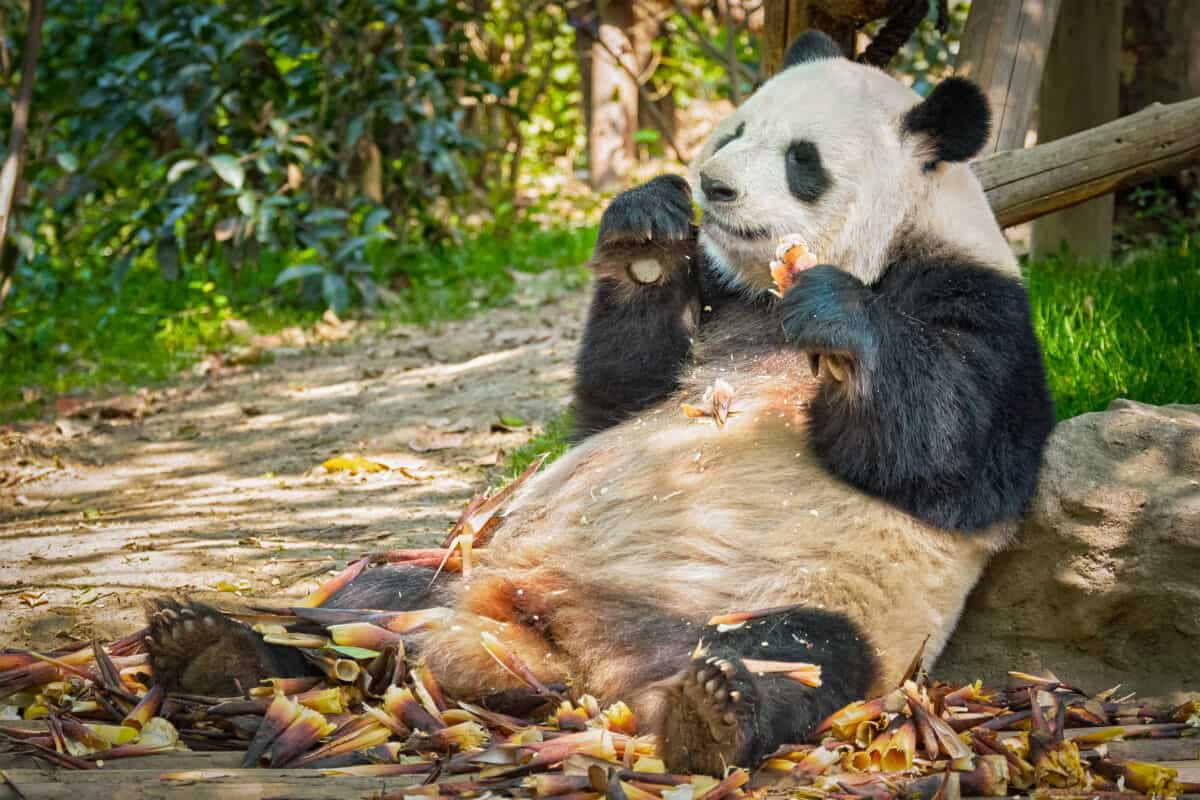
Cute animals can be found all around the world, from rainforests to savannas. Some particularly cute species can be found in places like Australia (koalas and kangaroos), China (pandas), and various animal sanctuaries.
What is the first cutest animal?

It’s hard to pinpoint the “first” cutest animal, as cuteness is subjective and has evolved over time. However, early humans likely found baby animals and those with “baby-like” features endearing.
Join our Forum for free today!

- These are The 5 Largest Great White Sharks Ever Recorded - July 19, 2024
- The Surprising Benefits of Big Game Hunting - July 18, 2024
- $100k+ Hunting Experiences The Most Expensive Animals to Pursue - July 17, 2024

